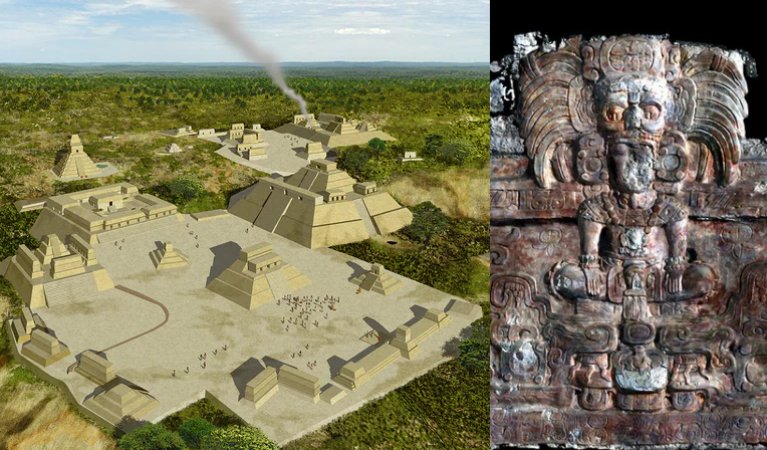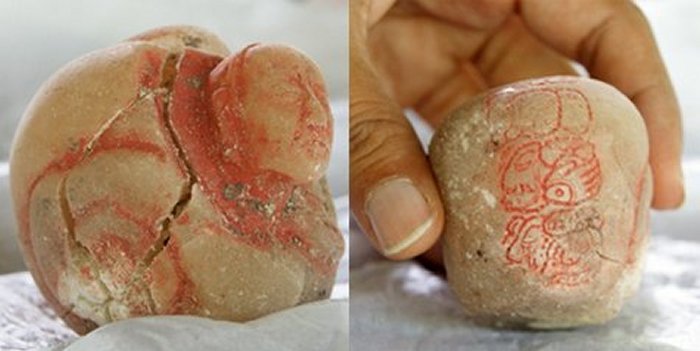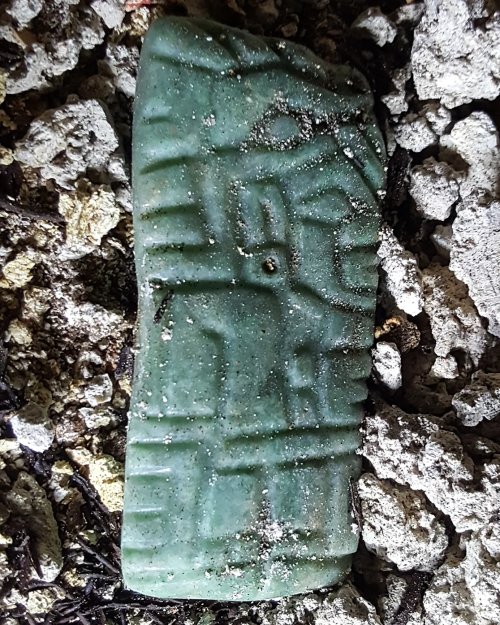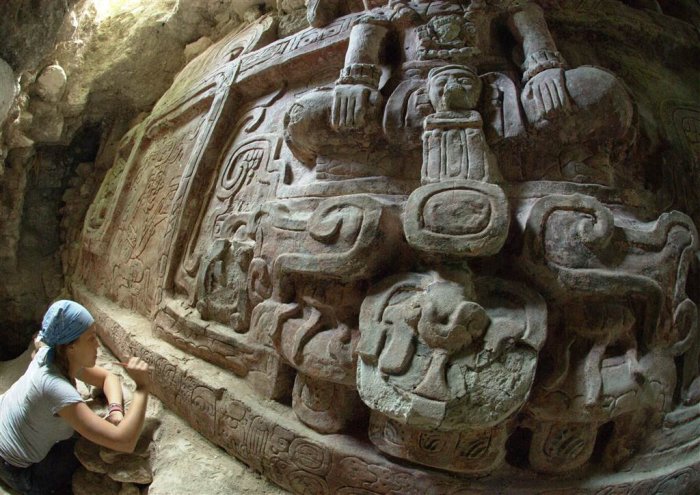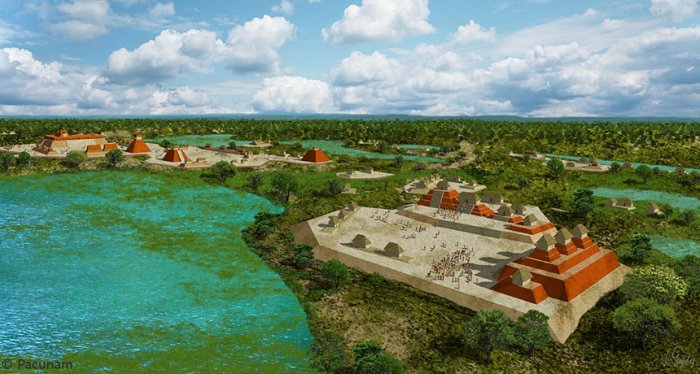Mysterious Maya Snake Kings And Their Powerful Kingdom In The Jungle Reveal More Ancient Secrets
Ellen Lloyd - AncientPages.com - Archaeologists are slowly piecing together the fascinating history of the mysterious Maya Snake Kings, who created a powerful kingdom in a remote corner of the Guatemalan jungle.
Who were the Kaanul rulers, known as the Maya Snake Kings, and how and why did they become so powerful? The history of the Snake kings is still shrouded in mystery, but scientists have come a long way, and we are learning more and more about these enigmatic ancient Maya Snakes and their kingdom.
Left: Reconstructed view of Holmul in the final phase of the classic period. Photograph: Picasa/image by J Gonzalez, PACUNAM; Right: A 3D scan of the frieze decorating a tomb-containing building at Holmul, showing a king wearing an avian sun god headdress emerging from a sacred mountain spirit head amid feathered serpents. Photograph: Picasa/A Tokvinine, U Alabama
Scientists' reports, aerial laser maps, excavations, and studies of stone-slab hieroglyphics shed new light on the lost history of the Snake dynasty. We explore what we know so far of the mysterious Snake Kings and Queens.
Snake Queen K’abel – One of The Greatest Queens Of Classic Maya Civilization
Some years ago, scientists discovered the tomb of Lady K’abel; a seventh-century Maya Holy Snake Lord considered one of the great queens of Classic Maya civilization.
The carved alabaster vessel (shown from two sides) found in the burial chamber caused the archaeologists to conclude the tomb was that of Lady K’abel. El Peru Waka Regional Archaeological Project
Her remains were found during excavations of the royal Maya city of El Perú-Waka’ in northwestern Petén, Guatemala. This was a significant discovery because the unearthed tomb belonged to a notable historical figure in Maya history. It was also one of those cases when Maya archaeological and historical records met. K’abel also is famous for her portrayal on the famous Maya stela, Stela 34 of El Perú, now in the Cleveland Art Museum.
Hidden Tombs Of The Snake Kings Beneath The Maya Pyramids
Earlier this year, archaeologists announced they had made a spectacular discovery that could re-write ancient Maya history. Using laser technology, scientists located two untouched tombs belonging to the Snake Kings beneath Maya pyramids in Holmul, 300 miles north of Guatemala City.
Inside one of the tombs was the skeleton of a middle-aged person with jade inlays in their teeth and what appears to be an inscribed human tibia bone.
Jade carving of a ruler wearing a crocodile head. Photograph: Estrada-Belli
Ever since the most ancient times, jade has been held sacred throughout the world. Jade has been discovered in ancient tombs. Ancient civilizations decorated figurines of gods with rare green stones. Our ancestors were convinced that jade was a stone with secret ancient powers.
The other tomb contained the remains of another middle-aged person who had been decorated with an array of vessels and jade ornaments. A jade necklace could also be a "war trophy."
Both individuals were members of the Snake dynasty.
Maya frieze in Guatemala shows archaeologist Anya Shetler cleaning an inscription. Credit: NBC News
This finding is remarkable because it’s the first time a discovered jade artifact ever mentions the name of a snake king. The inscription on the necklace, which holds a carved cormorant’s head that morphs into the image of a sun god, is unusual because it belongs to a king from an entirely different city: “Yuknoom Ti’ Chan, Holy king of Kaanul.” The king was a member of the snake dynasty, 100 miles from their ancient capital of Dzibanche, which stands in modern Mexico.
Civil War Among The Snake Kings And Importance Of La Corona
Based on previous archaeological discoveries, scientists have been able to conclude there were several internal conflicts among the snake kings, including something resembling a civil war. The Snake Kings used force and diplomacy to create the most powerful alliance in their culture’s history.
Scientists from Tulane University in New Orleans have conducted a comprehensive laser mapping of 2,100 square kilometers of the Guatemalan lowlands containing many ancient Maya sites.
Discoveries shed more light on the importance of Snake Kings’ ancient city La Corona which was not as isolated as previously thought.
“Our work supports the idea that the ancient Maya formed interconnected political systems, not largely separate city-states as traditionally thought,” said Marcello Canuto of Tulane University in New Orleans, who co-directs the La Corona excavation.
According to archaeologist Tomás Barrientos of the University of the Valley of Guatemala in Guatemala City, who co-directs La Corona excavations with Canuto, stone inscriptions dating to 314 discovered at La Corona reveal the arrival of specific Maya gods.
Artist’s illustration of an ancient Maya site called La Corona with a ceremonial center in the foreground. New research suggests that it was a remote but critical part of a large Classic Maya state. Credit: Panucam
The Snake Kings associated themselves closely with those deities. Interestingly, the same gods are mentioned on a carved monument dating from 546. Examination of the hieroglyphic writing on this stone reveals that La Corona was under the control of a large capital city. This was most likely the city of Calakmul, whose rulers wanted to associate themselves publicly with revered La Corona gods.
“To create a new state, Kaanul rulers manipulated traditional mythology at La Corona and celebrated their connections to deities that had preceded their arrival,” Barrientos said.
The extensive writing and record-keeping also suggest that La Corona played an essential role in the Kaanul state. Scientists propose La Corona served as a conduit for sending goods north to Calakmul.
There are still many unanswered questions about the Snake Kings: how they lived, ruled, and fought—and even whether some of them were real. Hopefully, we will learn more about this fascinating ancient civilization soon.
Updated on July 1, 2022
Written by Ellen Lloyd – AncientPages.com
Copyright © AncientPages.com All rights reserved. This material may not be published, broadcast, rewritten or redistributed in whole or part without the express written permission of AncientPages.com
Expand for referencesReferences:
Ancient Pages - Ancient Tomb Of Holy Snake Lord Discovered – Great Maya Queen K’abel
Canuto and Luke Auld-Thomas. Preliminary LIDAR-based analyses of the La Corona – El Achiotal corridor. Annual meeting of the Society for American Archaeology. April 15, 2018, Washington, D.C.
Barrientos et al. Charismatic and religious aspects of Maya rulership: An interpretation of the Coranitas temple complex of La Corona. Annual meeting of the Society for American Archaeology. April 15, 2018, Washington, D.C.
More From Ancient Pages
-
 On This Day In History: Samuel Morey Patents The Internal Combustion Engine – On April 1, 1826
News | Apr 1, 2017
On This Day In History: Samuel Morey Patents The Internal Combustion Engine – On April 1, 1826
News | Apr 1, 2017 -
 Ancient Alaskans Were Freshwater Fishers – Earliest Evidence Found
Archaeology | Jun 19, 2023
Ancient Alaskans Were Freshwater Fishers – Earliest Evidence Found
Archaeology | Jun 19, 2023 -
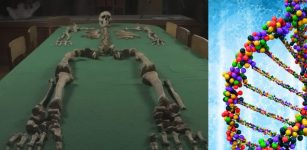 DNA Reveals Stone Age People Avoided Inbreeding
DNA | Mar 9, 2024
DNA Reveals Stone Age People Avoided Inbreeding
DNA | Mar 9, 2024 -
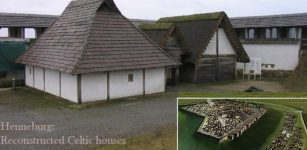 Heuneburg Early Celts’ Settlement: Wine Was Available To All Residents Not Only To Elite
Archaeology | Oct 25, 2019
Heuneburg Early Celts’ Settlement: Wine Was Available To All Residents Not Only To Elite
Archaeology | Oct 25, 2019 -
 India: Plastic Surgery And Genetic Science – Found In Ancient Vedas – Were Practiced Thousands Of Years Ago
Ancient Technology | Oct 29, 2014
India: Plastic Surgery And Genetic Science – Found In Ancient Vedas – Were Practiced Thousands Of Years Ago
Ancient Technology | Oct 29, 2014 -
 Parthians: Their Great Empire And Skilled Horse Archers
Civilizations | Nov 10, 2016
Parthians: Their Great Empire And Skilled Horse Archers
Civilizations | Nov 10, 2016 -
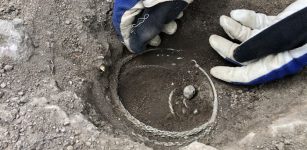 Wonderful And Unique Viking Silver Treasure Uncovered In Täby In Stockholm, Sweden
Archaeology | Nov 29, 2022
Wonderful And Unique Viking Silver Treasure Uncovered In Täby In Stockholm, Sweden
Archaeology | Nov 29, 2022 -
 Were The Viking Berserkers True Or Drug Addicted Warriors Fighting In Trance?
Featured Stories | Feb 3, 2015
Were The Viking Berserkers True Or Drug Addicted Warriors Fighting In Trance?
Featured Stories | Feb 3, 2015 -
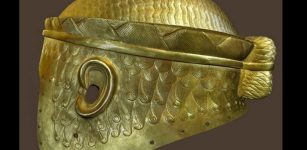 Helmet Of Meskalamdug – Sumerian King Of The First Dynasty Of Ur
Artifacts | Apr 14, 2016
Helmet Of Meskalamdug – Sumerian King Of The First Dynasty Of Ur
Artifacts | Apr 14, 2016 -
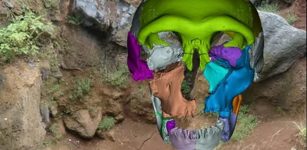 Unusual 300,000-Year-Old Jawbone May Belong To An Unknown Vanished Human Lineage
Archaeology | Dec 18, 2023
Unusual 300,000-Year-Old Jawbone May Belong To An Unknown Vanished Human Lineage
Archaeology | Dec 18, 2023 -
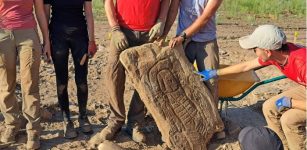 Extraordinary Archaeological Discovery In Spain
Archaeology | Oct 10, 2023
Extraordinary Archaeological Discovery In Spain
Archaeology | Oct 10, 2023 -
 Only Known Roman ‘Lorica Squamata’ Legion Armor Restored
Archaeology | Jun 27, 2024
Only Known Roman ‘Lorica Squamata’ Legion Armor Restored
Archaeology | Jun 27, 2024 -
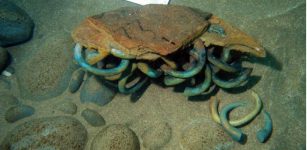 Famous Benin Bronzes Were Made Of German Brass – Study Reveals
Archaeology | Apr 6, 2023
Famous Benin Bronzes Were Made Of German Brass – Study Reveals
Archaeology | Apr 6, 2023 -
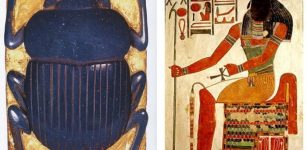 Khepri – Egyptian Progenitor God, Spirit Of Life, Resurrection And The Rising Sun
Egyptian Mythology | May 14, 2020
Khepri – Egyptian Progenitor God, Spirit Of Life, Resurrection And The Rising Sun
Egyptian Mythology | May 14, 2020 -
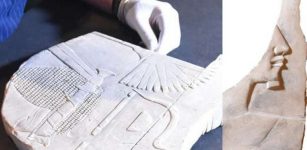 Mysterious Depiction Of Pharaoh Hatshepsut
Archaeology | May 17, 2018
Mysterious Depiction Of Pharaoh Hatshepsut
Archaeology | May 17, 2018 -
 Intriguing El Tajin – Pre-Hispanic Ceremonial Site Dedicated To Totonac Rain God
Featured Stories | Jul 17, 2016
Intriguing El Tajin – Pre-Hispanic Ceremonial Site Dedicated To Totonac Rain God
Featured Stories | Jul 17, 2016 -
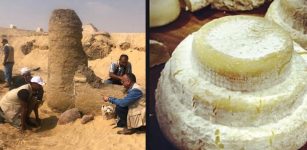 2,600-Year-Old Blocks Of White Cheese Discovered At Giza’s Saqqara Necropolis, Egypt
Archaeology | Sep 15, 2022
2,600-Year-Old Blocks Of White Cheese Discovered At Giza’s Saqqara Necropolis, Egypt
Archaeology | Sep 15, 2022 -
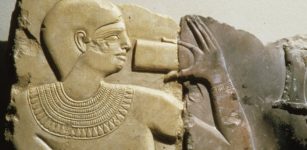 Mentuhotep II – The 11th Dynasty’s Pharaoh Who Reunited Egypt And Established The Middle Kingdom
Featured Stories | Oct 27, 2021
Mentuhotep II – The 11th Dynasty’s Pharaoh Who Reunited Egypt And Established The Middle Kingdom
Featured Stories | Oct 27, 2021 -
 Kingdom Of Mitanni: Forgotten For Millennia But Once Great Power Of Ancient West Asia In 2000 BC
Civilizations | Jun 20, 2023
Kingdom Of Mitanni: Forgotten For Millennia But Once Great Power Of Ancient West Asia In 2000 BC
Civilizations | Jun 20, 2023 -
 7,000-Year-Old Native American Underwater Burial Site Discovered Off The Coast Of Florida
Archaeology | Mar 3, 2018
7,000-Year-Old Native American Underwater Burial Site Discovered Off The Coast Of Florida
Archaeology | Mar 3, 2018

